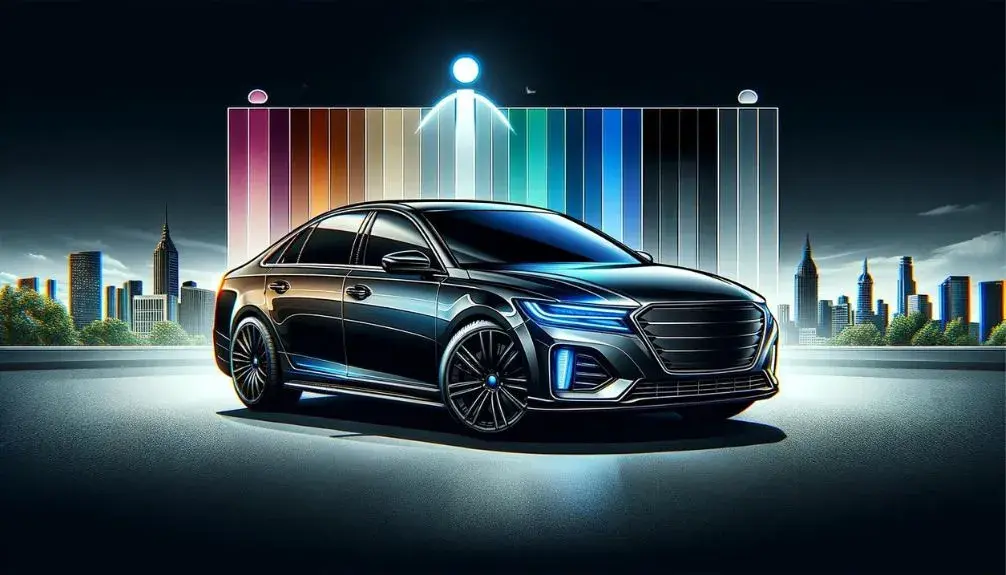
In the multifaceted realm of automotive safety, one aspect that often goes unnoticed is the protective value and varying types of auto window tint. While they subtly enhance the aesthetic appeal of vehicles, their primary function revolves around safeguarding passengers from harmful UV radiation, glare, and even providing a level of privacy. The market offers a wide array of tints, each with unique properties and degrees of protection, making the selection process complex for the uninitiated. This discourse is aimed at shedding light on the distinct types of auto window tints, their specific safety features and the considerations one should keep in mind when choosing a tint for their vehicle. By understanding these nuances, one can make informed decisions that not only elevate comfort and style but also contribute significantly to the safety quotient of their vehicle. An intriguing journey awaits as we navigate through the shades of safety.
Understanding Auto Window Tinting
Diving into the realm of auto window tinting, it’s important to understand that this process not only enhances a vehicle’s aesthetic appeal but also serves functional purposes like UV protection and improved privacy. This technique involves applying a thin laminate film to the interior or exterior of the car windows. The varying degrees of tinting, dictated by the film’s Visible Light Transmission (VLT), control how much light penetrates the window. Different types of window films, such as dyed, metalized, carbon, and ceramic, offer various levels of heat reduction, glare control, and UV filtration. Window tinting, therefore, is not merely about style but also about enhancing driving comfort and vehicle longevity. So, when choosing a tint, consider both aesthetics and functionality.
Safety Features of Window Tints
Beyond the aesthetic and functional aspects of auto window tinting, there are noteworthy safety features that further accentuate its importance.
-
- Impact Protection: Car window tints add an extra layer of protection against impact. In case of an accident, the tint film can help hold shattered glass together, preventing it from scattering and causing further injury.
-
- Shatter Resistance: The tint film reinforces the window, making it harder to shatter upon impact.
-
- Injury Prevention: By keeping the glass in place, window tints can reduce the risk of injury from flying shards of glass.
-
- UV & Glare Reduction: High-quality window tints can block up to 99% of harmful UV rays, reducing the risk of skin cancer and eye strain.
-
- UV Protection: Blocking UV rays also protects your car’s interior from sun damage.
- Glare Reduction: By reducing glare, window tints can increase visibility, making driving safer.
In conclusion, the importance of auto window tinting cannot be overstated. It contributes significantly to the safety, comfort, and aesthetic appeal of vehicles. According to a recent survey, around 45% of car owners have their windows tinted for safety reasons. This statistic underscores the growing recognition of the pivotal role that different types of auto window tints play in enhancing vehicular safety.